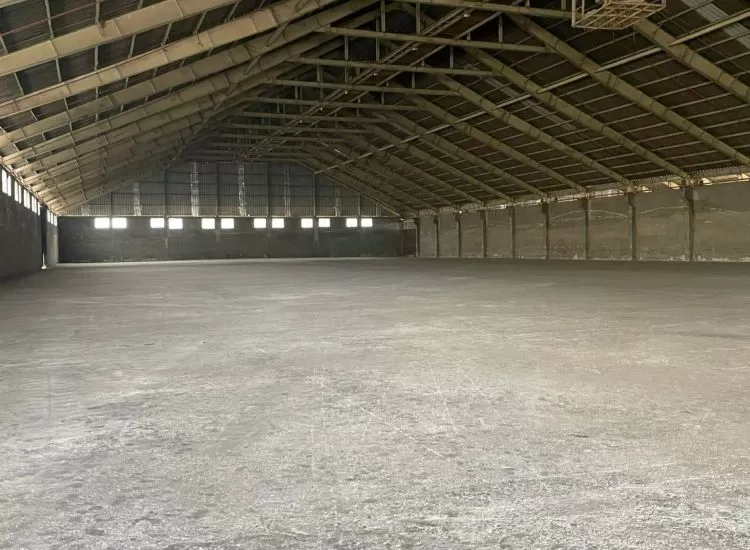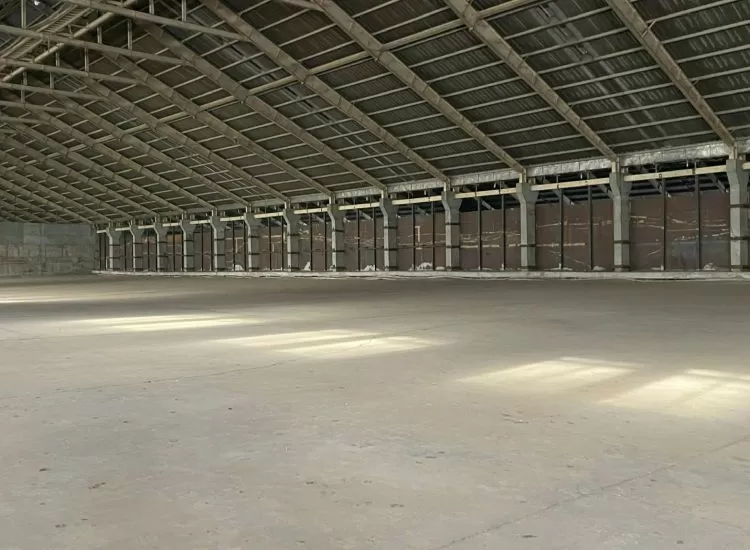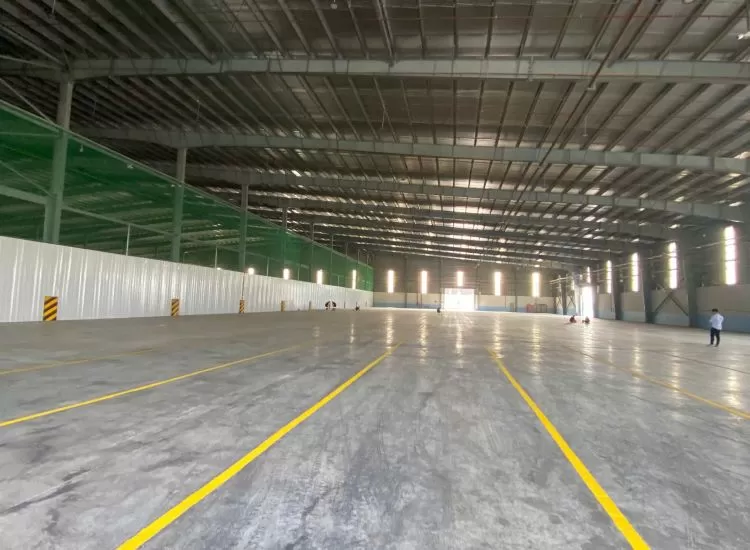Implementing an ERP System
Using an enterprise resource planning (ERP) system can significantly enhance supply chain management performance by improving purchasing, inventory control, and information exchange between internal departments, as well as external partners.
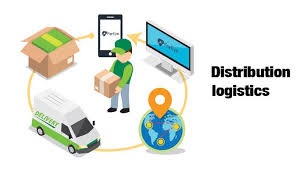
Mark Butler, manager of professional services at software solutions provider Cincom Systems, offers these insights on implementing an ERP system.
1. Understand your current system's shortcomings.
Analyze why you need to change the current system. Is the software outdated? Does it lack the features you require to enhance on-time performance and throughput? Define the shortcomings in relation to your business practices to create a wishlist for the new system.
2. Start in the boardroom.
Secure executive-level sponsorship to mitigate risk and ensure your goals for the new ERP system align with larger corporate goals. This applies to the initial key performance indicators, and the corresponding mapped plan for improving the manufacturing process—from the inbound processing of supplies to inventory management and the movement of goods through the internal system and on to the customer.
3. Appoint a strong internal project team.
The project manager must understand the project, be organized and detail-oriented, know when to take the lead, and be able to negotiate. Add representatives from key business areas—operations, purchasing, inventory control, and customer service - to round out the group.
4. Create internal mapping.
Establish a clear vision of your organization's processes, and identify the challenges. Then define new workflows to support improvement goals.
5. Determine equipment needs.
For example, if you need real-time inventory data to meet performance goals, and you decide to implement mobile solutions and radio frequency identification (RFID) technology, the ERP you choose will need to support these tools.
6. Define the budget.
Ensure all relevant costs - such as hardware, software, third-party implementation, and training - are included.
7. Engage the entire company.
Keep the project team informed, but also periodically update the whole company about the ERP implementation's progress. Communication will help create a positive teamwork environment for all involved.
8. Resist the urge to use all the bells and whistles right away.
Some companies try to implement all the ERP system's features and functions from the start. Just because the system offers mobile-friendly apps, RFID integration, and retinal scan security, doesn't mean you need to use it. Pick the mission-critical functionality, then deploy less-critical functionality later.
9. Update business processes selectively.
Carefully weigh whether to customize the software to conform to your processes, or change your processes to work within the standard solution. Your process may better suit the operation than the ERP's best practice does. In general, the biggest improvements usually involve some level of reevaluating business processes in light of current conditions.
10. Evaluate regularly.
Create a plan to periodically evaluate the system. Include participants from all areas of the organization to gauge how well the system is working, decide what you need to change, and identify functions to implement in the future.
(Source: Inboundlogistics)




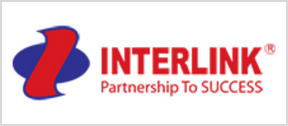






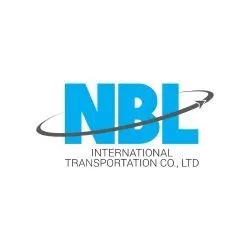









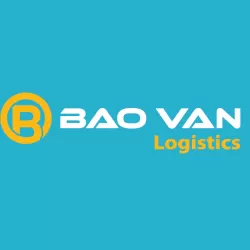
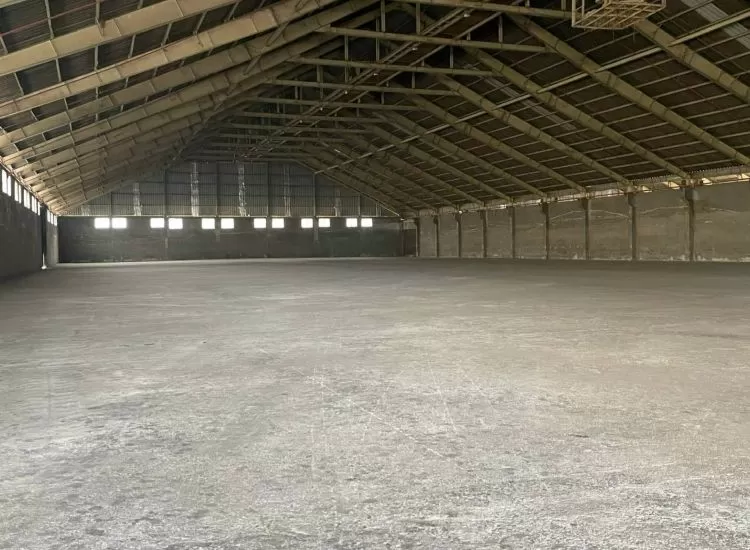
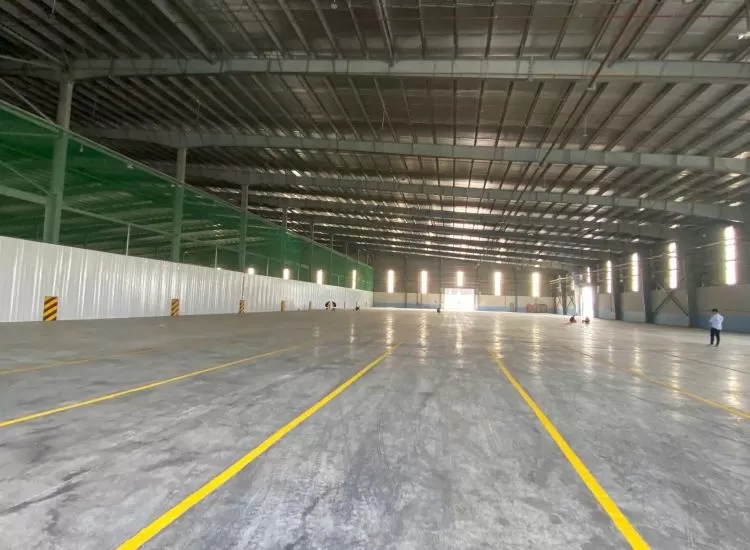
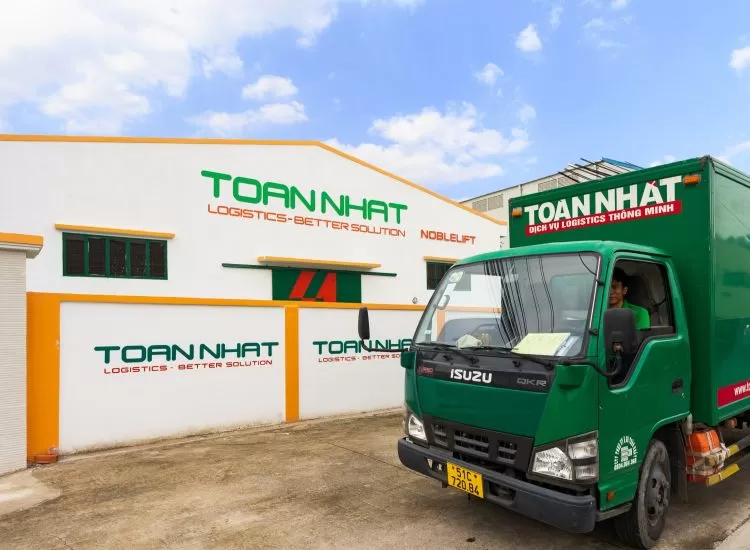
.webp)
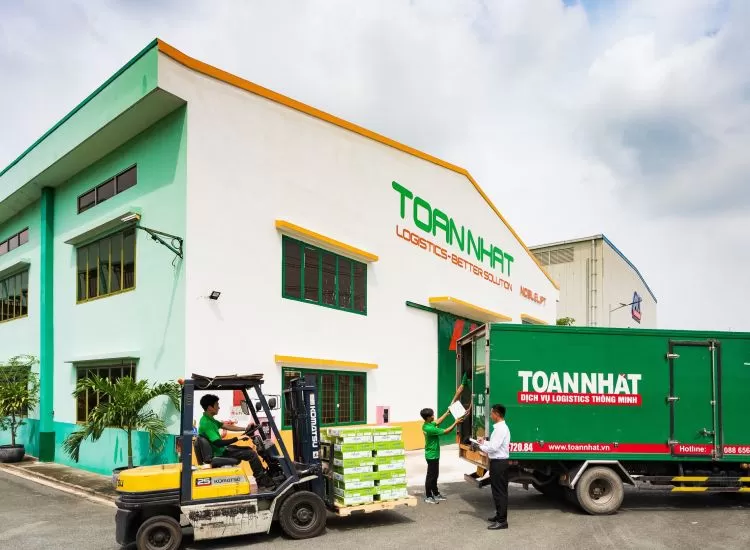
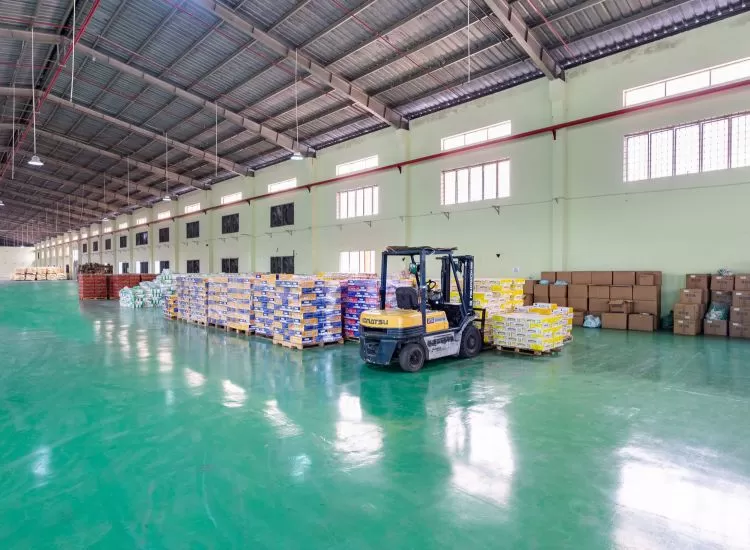


.webp)
.webp)
.webp)
